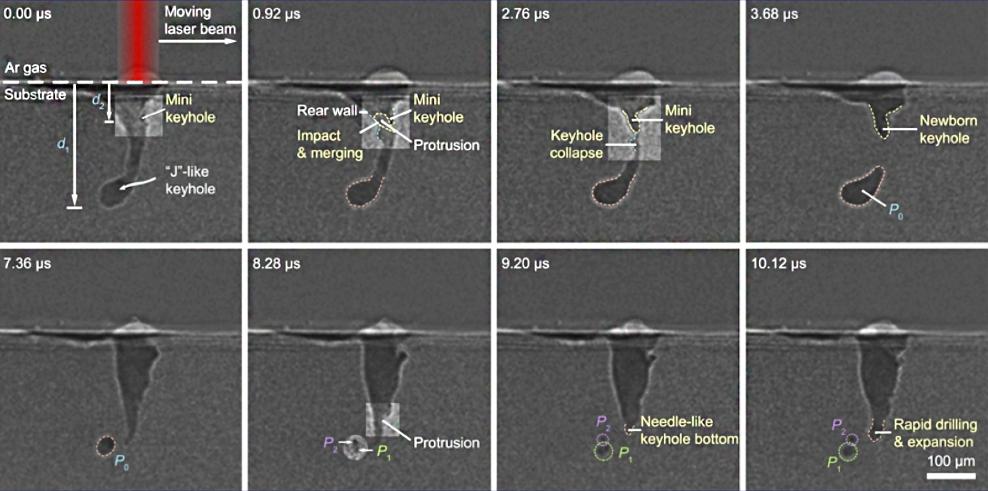- FMA
- The Fabricator
- FABTECH
- Canadian Metalworking
Our Publications
Categories
- Additive Manufacturing
- Aluminum Welding
- Arc Welding
- Assembly and Joining
- Automation and Robotics
- Bending and Forming
- Consumables
- Cutting and Weld Prep
- Electric Vehicles
- En Español
- Finishing
- Hydroforming
- Laser Cutting
- Laser Welding
- Machining
- Manufacturing Software
- Materials Handling
- Metals/Materials
- Oxyfuel Cutting
- Plasma Cutting
- Power Tools
- Punching and Other Holemaking
- Roll Forming
- Safety
- Sawing
- Shearing
- Shop Management
- Testing and Measuring
- Tube and Pipe Fabrication
- Tube and Pipe Production
- Waterjet Cutting
Industry Directory
Webcasts
Podcasts
FAB 40
Advertise
Subscribe
Account Login
Search
Understanding, preventing formation of pores during metal 3D printing
- December 7, 2020
- News Release
- Additive Manufacturing
An article published by Carnegie Mellon University’s College of Engineering discusses the work of CMU researchers examining the ways keyhole-shaped cavities form in melt pools during metal laser-powder-bed-fusion 3D printing.
“Laser powder bed fusion is a dominant additive manufacturing technology that has yet to reach its potential,” writes the author, Sherry Stokes. “The problem facing industry is that tiny bubbles or pores sometimes form during the printing process, and these pores create weak spots in finished products.”
Building on previous research that quantified the keyhole phenomenon, the research team used extremely bright high-energy x-ray imagining to watch instabilities of the keyhole. Pores form during fluctuations of the keyhole, and it changes its shape: the keyhole tip morphs into a “J” shape and pinches off. This unstable behavior generates acoustic waves in the liquid metal that force the pores away from the keyhole so that they survive long enough to get trapped in the resolidifying metal. The team is the first to focus on this behavior and identify what is happening.
“The real practical value of this research is that we can be precise about controlling the machines to avoid this problem,” said Carnegie Mellon researcher Anthony Rollett, a professor of materials science and engineering.
The complete article is available at Carnegie Mellon’s College of Engineering website.
- Podcasting
- Podcast:
- The Fabricator Podcast
- Published:
- 04/16/2024
- Running Time:
- 63:29
In this episode of The Fabricator Podcast, Caleb Chamberlain, co-founder and CEO of OSH Cut, discusses his company’s...
- Trending Articles
- Industry Events
16th Annual Safety Conference
- April 30 - May 1, 2024
- Elgin,
Pipe and Tube Conference
- May 21 - 22, 2024
- Omaha, NE
World-Class Roll Forming Workshop
- June 5 - 6, 2024
- Louisville, KY
Advanced Laser Application Workshop
- June 25 - 27, 2024
- Novi, MI

























